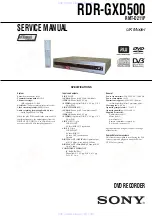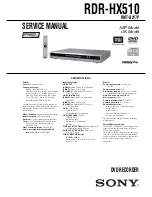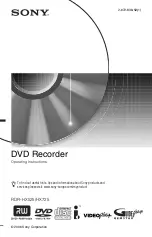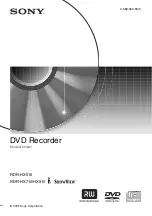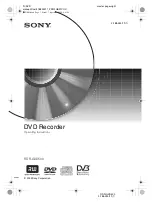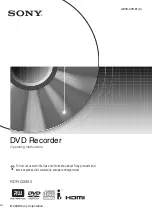
DigiCart/II Plus Owner's Manual
Getting Started
•
5
Every drive, directory, cut and stack can be given a 15-character name, so you do not have to
constantly crosscheck between a printed index and the screen display. DigiCart/II Plus will sort
contents numerically by ID, or alphabetically by name.
Directories
DigiCart/II Plus provides directories to organize and group audio cuts that have something in
common; e.g.: spots, jingles, station IDs, production music beds, common types of sound effects,
etc.
Each logical drive may contain up to 10 directories identified as 0-9. The directory character
appears second in the ID, following a " . " used by DigiCart/II Plus to separate the drive ID from
that of the directory.
An additional directory, S, is used to store information about stacks. There are two types of stack:
Linear and Rotating. Once started, a Linear Stack will continue with Follow-On play until all of its
contents have been played, or the user presses STOP. A Rotating Stack will stop after each cut and
wait for a PLAY command to continue. Stacks may be contained within stacks, allowing for
versatile "like live" performance from an automated system.
For example, by recording several different leads and tags to a recurring song or break, the rotation
lets you automatically vary the front- or back-announcement. When programmed as a Linear Stack
with a rotating lead or tag, the item will have a different nature with each occurrence.
Cuts
Cuts are individual recordings. Each has a "header" which stores its ID and name, plus information
about total playing time, SAMPLING RATE and RECORDING FORMAT. This information is
shown on DigiCart/II's front panel display each time a cut is selected for playback.
Other information contained in the header is not shown on the display unless called up by EDIT
MENU activities. It is used for file management functions performed in the background by
DigiCart/II's operating system. This includes HEAD and TAIL markers, FADE IN and FADE
OUT markers, OUTPUT GAIN settings and other information.
The number of cuts that may be recorded really is limited only by the maximum amount of
recording time available on a drive. Each drive may contain 10 directories, each containing 1000
cuts. DigiCart/II Plus can store audio information in a non-contiguous manner, so cuts may be
recorded, erased and re-recorded in any length without concern about disk segmentation. In other
words, the total of all empty disk space will always be available for recording new cuts.
Cuts may be edited using DigiCart/II's non-destructive editing features. You can also place
Secondary cue markers in cuts, and copy cuts to other drives and directories or other index numbers
in the same directory. All cuts may be played back-to-back, even if they reside in different drives
or directories.
Summary of Contents for DR-2750
Page 12: ......























